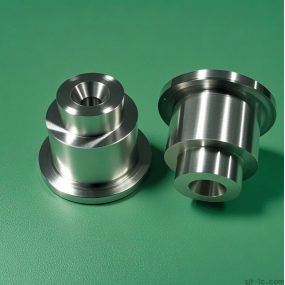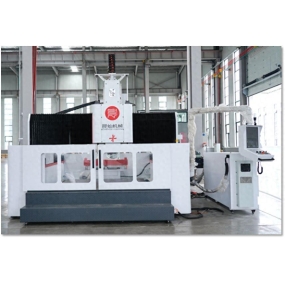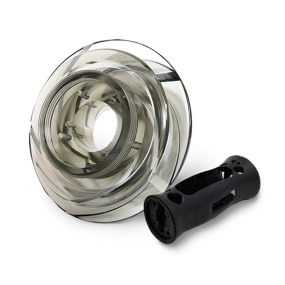Stamping is a machining process in which a stamping die installed on a stamping machine applies punching pressure to a material, causing it to separate or plastic deform, and then obtain the required precision stamped parts. The vast majority of stamping is processed at room temperature, also known as cold stamping. Here are the types of stamping processing to let you know the world of stamping.
1. Punching
Separate the waste from the raw material or workpiece along the closed shape, and obtain the required holes in the material or workpiece, generally including round holes, square holes, waist holes, and special-shaped holes.
2. Blanking
The raw materials are separated by stamping along the closed summary, and the materials in the summary line are the required stamping parts. The more common products for blanking are: iron sheets of various shapes, baffles, etc.
3. Incision
Cut notches at the edge of the material or workpiece.
4. Cut the tongue
It is the material that is completely separated along the open summary part rather than completely separated, and makes the separated materials reach the required spatial position. Tongue-cutting products are typically mosquito coil racks and some commonly used spring blades. 
5. Trimming
The edge of the trimmed workpiece is to satisfy the requirements of shape and scale.
6. Cut off
The materials are separated by stamping along the open generalization to obtain the required precision stamping parts.
7. Bending
Make the raw materials along a certain axis, stamping and bending into a certain angle. Can process a variety of complex shapes of bending parts. Bending is often a common type of stamping processing technology, such as brackets, hooks, fixed parts, furniture corner codes, door and window corner codes, etc.
8. Drawing
Deform the plate material or workpiece into an open hollow part, or an open hollow part to further change the shape and size. Common stamping deep parts are: pots and pans, sinks, cups, cans, bottle caps, metal shells, car covers in kitchen supplies, etc.
9. Bulging
Expand the hollow workpiece or tubular part along the radial direction to increase the radial dimension as required.
10. Ups and downs
After the elongation and deformation of some materials, the workpiece forms a partial depression or bulge.
11. Outer edge flanging
Turn the outer edge material into a short side along the shape curve.
12. Inner edge flanging
Turn the material at the edge of the inner hole vertically along the closing curve.
13. Shrinkage and diameter reduction
Reduce the diameter of the mouth or middle of the hollow workpiece or tubular part. Narrowing is generally used for the docking of steel pipes.
14. Flare
It is the opening of the hollow workpiece or tubular part that expands outward to form a product with a larger mouth diameter.
15. Curling edge
Roll the material at the edge of the opening of the hollow into a circle along the closing curve
16. Smaller plastic surgery
Flattening is the flattening of flat parts with arch bending or warping to improve their flatness. Shaping is the deformation of parts of the material by stamping to change the shape and size of the formed workpiece in a small amount to ensure the accuracy of the workpiece.
After the introduction of these 16 processing types, it is possible to gain a clearer understanding of what kind of processing technology stamping is, and it is also possible to effectively identify which products are processed through the stamping process in daily life.
This article is from EMAR Mold Co., Ltd. For more EMAR related information, please click: www.sjt-ic.com,


 Spanish
Spanish Arabic
Arabic French
French Portuguese
Portuguese Belarusian
Belarusian Japanese
Japanese Russian
Russian Malay
Malay Icelandic
Icelandic Bulgarian
Bulgarian Azerbaijani
Azerbaijani Estonian
Estonian Irish
Irish Polish
Polish Persian
Persian Boolean
Boolean Danish
Danish German
German Filipino
Filipino Finnish
Finnish Korean
Korean Dutch
Dutch Galician
Galician Catalan
Catalan Czech
Czech Croatian
Croatian Latin
Latin Latvian
Latvian Romanian
Romanian Maltese
Maltese Macedonian
Macedonian Norwegian
Norwegian Swedish
Swedish Serbian
Serbian Slovak
Slovak Slovenian
Slovenian Swahili
Swahili Thai
Thai Turkish
Turkish Welsh
Welsh Urdu
Urdu Ukrainian
Ukrainian Greek
Greek Hungarian
Hungarian Italian
Italian Yiddish
Yiddish Indonesian
Indonesian Vietnamese
Vietnamese Haitian Creole
Haitian Creole Spanish Basque
Spanish Basque











